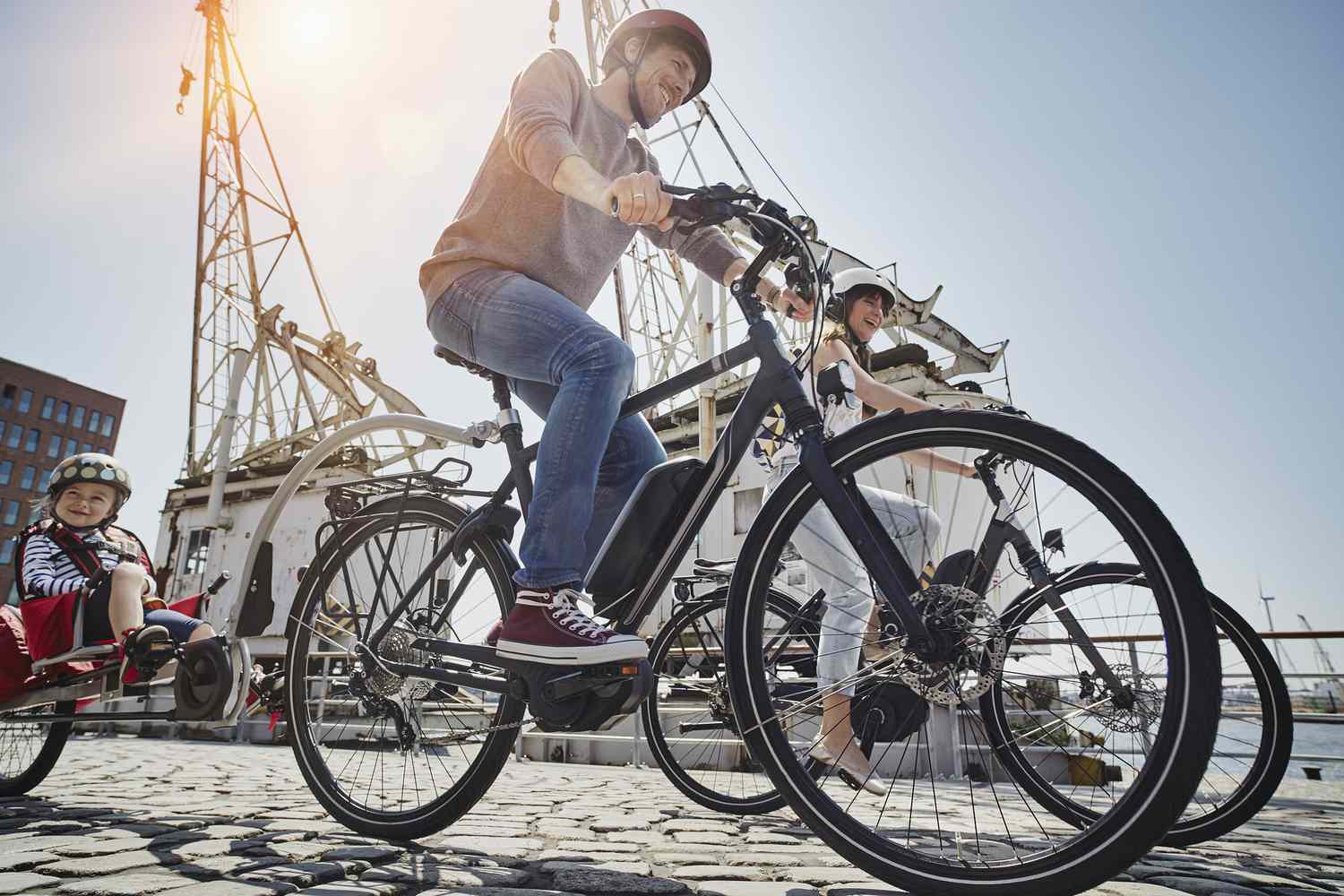- cross-posted to:
- humanscale@communick.news
- cross-posted to:
- humanscale@communick.news
According to the Office of Energy Efficiency and Renewable Energy, 60% of trips are less than six miles, and three-quarters of all trips are less than 10 miles. We have noted before that this is the fastest ride to zero-carbon; almost anyone can ride an e-bike for six miles under almost any conditions. If there were safe places to ride and secure places to park, then millions of car trips could be avoided, and millions of cars taken off the road. If only e-bikes weren’t totally ignored.



Articles usually fail to mention that e-bikes are about 3x more energy efficient than acoustic bikes as well, making them even more attractive from an energy standpoint, as well as more efficient than almost all public transportation. Energy efficiency in transport - Wikipedia
Human powered cycling is further impaired by the ~10 calories of fossil fuel in each calorie we eat, and then burn, on the bike or walking. 10 Calories in, 1 Calorie Out - The Energy We Spend on Food This puts the human cyclist at up to a ~30x energy efficiency disadvantage relative to an e-bike, and that’s a big deal - especially if we power up our bike’s incredibly low energy needs from low gCO2/kWh electrical sources. Humans are just really, really bad at work. I like bikes and always have, but I’m certainly a pretty big evangelist of the e-bike!
The comparison does make sense but it fails to account for the fact that the body needs exercise and that a certain amount of calories will be consumed by the body daily no matter if an e-bike is used or not.
Absolutely, but BMR is not taken into account for transportation efficiency calculations for good reason I think, they are “simple” leveled calculations of how much energy is used per passenger per distance for transportation energy comparison purposes, so yes we still have the same BMR energy use simply to exist no matter what transport system we use, or even if we just stay home.
The need for exercise is usually also not factored in to efficiency calculations either, but it’s one of the reasons I like all bikes, and e-bikes would certainly help more people get more daily intensity minutes than they otherwise might get using a more sedentary mode. It’s a win-win! Even as you age or if you are relatively unfit, you can still cycle 7 days a week at commute speeds, for commute distances, and never push yourself into an over training scenario, which is a pretty awesome advantage. I’m a long time rural cyclist, and with the greater average distances, only the most well-trained athletes might be able to do the distances required at average speeds sufficient to make it practical on a daily basis otherwise.
Did you ever heard about permaculture ? The real problem is the way we grow food, especially monoculture.
This is not the way nature run things.
Yes! I even considered attending a full PDC at one point as I’m a gardener and a farmer and I was very intrigued by the concept when I learned about it. The way we grow food is very much a problem, that is a big part of the argument that Michael Pollan makes in his books and lectures, he’s where that 10:1 calorie ratio comes from. Changing the food system to be sustainable without fossil fuels while feeding billions will be a monumental task.